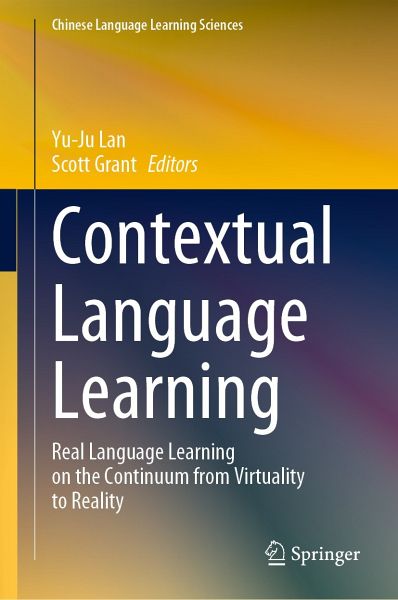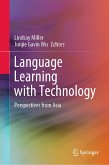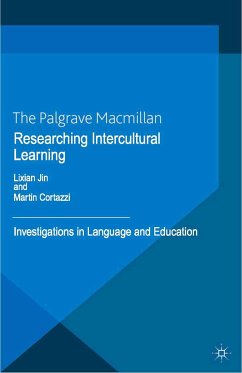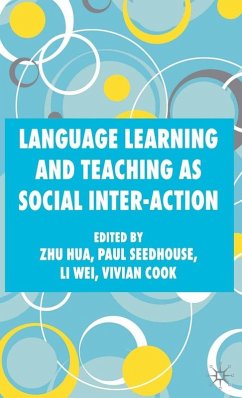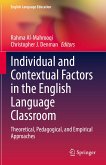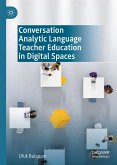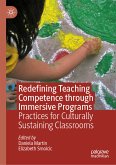This book presents research and developments in the virtual, augmented technology and mixed-reality used in language learning and teaching. It provides the readers with a comprehensive overview of contextual language learning with the support of immersive technology. From theoretical foundations, methodological issues, the features of virtual and augmented reality, and educational practices of language learning, to the future of immersive technology for and research on language learning. During the past two decades, abundant research on different realities has recognized the potential of language learning in virtual, augmented, and mixed-reality environments (Wang et al., 2020; Lin & Lan, 2015). Given insufficient studies of Chinese learning in immersive contexts reported in existing literature, this book includes several excellent studies about using immersive technologies for Chinese learning in addition to other foreign langue learning, such as English as a foreign language (EFL). Since learning Chinese has grown significantly as a global trend, the authors vitally consolidate and synthesize various theoretical foundations, visions, and recent research and practices in the context of Chinese teaching from broader and more diverse perspectives. On the other hand, the chapters about EFL learning also shed light on the research on contextual language learning. Thus, the chapters included in this book will likely provide readers with a deep and extensive understanding of the potential of the smart combination of immersive technologies and language learning. More issues for future research will undoubtedly be inspired by reading the chapters in this book.
Dieser Download kann aus rechtlichen Gründen nur mit Rechnungsadresse in A, B, BG, CY, CZ, D, DK, EW, E, FIN, F, GR, HR, H, IRL, I, LT, L, LR, M, NL, PL, P, R, S, SLO, SK ausgeliefert werden.

